Sean McCarthy | March 20, 2025
The Way I See It: Selections from the KAWS Collection—on view this past fall at The Drawing Center in New York—presented a dynamic survey of 20th and 21st century drawing on loan from the former street artist and animator turned art market powerhouse. Open and generous at every turn and infectious in its enthusiasms, the show positioned cartooning and its influence on successive generations of American artists as a vital through-line.
 Installation View, The Way I See It: Selections from the KAWS Collection, The Drawing Center, New York. October 10, 2024 – January 19, 2025. Photo: Jason Schmidt, courtesy of The Drawing Center
Installation View, The Way I See It: Selections from the KAWS Collection, The Drawing Center, New York. October 10, 2024 – January 19, 2025. Photo: Jason Schmidt, courtesy of The Drawing Center Basil Wolverton and Wally Wood with Norman Saunders, Topps "Make Your Own Name Stickers" Original Art, 1966. Pencil and paint on Bristol board. One of twelve, each approx. 4 1/2 x 31/2 inches. Courtesy of The Drawing Center
Basil Wolverton and Wally Wood with Norman Saunders, Topps "Make Your Own Name Stickers" Original Art, 1966. Pencil and paint on Bristol board. One of twelve, each approx. 4 1/2 x 31/2 inches. Courtesy of The Drawing CenterUpon entering the gallery, visitors were greeted by a series of pen-and-ink drawings by Basil Wolverton of a bald man making wacky expressions. These weren’t in the fully grotesque “spaghetti and meatball” style for which Wolverton is best known, but they did feature his characteristically fluid contours and tour-de-force hatching. They were flanked by a set of drawings of gruesome heads in acidic color created for a Topps Monster sticker set, done by Wolverton in collaboration with fellow Mad Magazine cartoonist Wally Wood with an assist by illustrator Norman Saunders. These drawings were striking on several accounts, not least because for much of the last century, most curators, art historians, and professors of art in America would insist that this work—being illustration—could not be thought of as drawing by any informed citizen, and therefore does not belong in the Drawing Center. Reading curator Laura Hoptman’s essay for the show’s catalog, it is all the more astonishing to see her acknowledge what this show demonstrates as plain fact: that some of the best drawings of the twentieth century were made by cartoonists, an assertion that represents a significant break from more traditional accounts of the history of modern art.
Historically, cartooning as a practice has almost always involved drawing for reproduction: originally, to transfer a design to a wall for fresco painting and, in the modern era, for photomechanical reproduction, and as such has tended toward bold shapes enclosed by clear contours. Cartooning for comics has often featured especially simplified and/or exaggerated forms, as legibility is paramount. But in the years following WWII, the fine art world turned against the linear, the literary, and the illustrative. Painter and critic Manny Farber offered this assessment in 1951: “The rococo, squiggling composition of the average comic strip is too intricate, difficult, and unorthodox for cultured eyes grown lazy on the flaccid drawing-with-color technique and the pillow-like form of modern painting.” The Pop Art that followed in the early 1960s would seem to be an improvement for the fortunes of cartooning in the art world, but only superficially. For Roy Lichtenstein’s early ‘60s paintings, comics could be appropriated because they were not seen as art in and of themselves—in the same class as the urinal repurposed as the most well-known of Duchamp’s Readymades.
Indeed, KAWS the artist may appear to operate in the tradition of Lichtenstein, appropriating recognizable cartoon characters such as The Simpsons in paintings that sell for millions. Certainly his work, like Lichtenstein’s, broadly qualifies as what Farber—in his most celebrated essay, written the year of Lichtenstein’s solo debut—famously called White Elephant Art: self-consciously ambitious in its scale, production values, and instantly recognizable on-brand familiarity. But KAWS the collector is another story. As The Way I See It demonstrated, he has a deep and sensitive love of Termite Art—Farber’s foil to White Elephant ostentation—“where the spotlight of culture is nowhere in evidence [and] the craftsman can be ornery, wasteful, stubbornly self-involved, doing go-for-broke art and not caring what comes of it.” This is work that has, historically, run headfirst against the virtuous defenders of good taste, and we can thank KAWS the collector for leveraging KAWS the artist’s vast reservoir of financial, social, and cultural capital to invite this motley crew into the institution.
 Peter Saul, Untitled, 1962. Crayon on paper, 35 x 39 inches. Courtesy of The Drawing Center
Peter Saul, Untitled, 1962. Crayon on paper, 35 x 39 inches. Courtesy of The Drawing CenterPeter Saul is a key artist in the collection, with nine of his drawings on display, allowing the visitor to see how his work evolved throughout the early 60s, developing a rowdy parallel to Pop as an expatriate in Europe. Drawings from 1960 and ’61 feature a Twombly-esque graffiti scrawl, while more obviously cartoon-damaged compositions from ’63 and ’64 are a testament to Saul’s stated goal in those years of “reconciling specific drawings from Mad comics with my need to resemble de Kooning.” And indeed, one of the miracles of this show is that it allowed a ready comparison to a nearby drawing by de Kooning himself. When I took art classes with Saul at the University of Texas in the 90s, I heard him say more than once that, early in his career, he had been thought of as a Pop artist until he “got kicked out for doing it wrong”. In a 1965 article entitled “Pop Art and Non-Pop Art,” Robert Rosenblum set out to separate the Pop sheep from the goats, and Peter, “who fuses Donald Duck and TV commercials with Gorky” found himself among the outcasts who maintained atavistic Abstract Expressionist tendencies in the way his work was made. Here, he is part of the red thread of termite influence that runs through the KAWS collection. Saul is joined in the show by Lee Lozano, his late contemporary, whose drawings from the late ‘50s and early ‘60s were also open to cartooning as a way of drawing that clashed fruitfully with vestiges of gestural abstraction and post-cubist space, laying the ground for a hundred mutant strains of late- and post-modernism whose vitality of invention are still being felt today.
 Lee Lozano, No title, 1959. Charcoal on paper, 24 3/4 x 18 7/8 inches. Courtesy of The Drawing Center
Lee Lozano, No title, 1959. Charcoal on paper, 24 3/4 x 18 7/8 inches. Courtesy of The Drawing CenterSaul and H.C. Westermann—whose featured work include two sculptures that evoke stolid mid-century robots and another that literalizes the metaphor of the “stick figure,” as well as several drawings from the 70s that include an homage to Popeye along with cartoon archetypes of a mustachioed swashbuckler and a femme fatale who resembles Morticia Addams—in particular had a major influence on the Chicago Imagists, including featured artists Jim Nutt, Gladys Nilsson, and Karl Wirsum. They produced work in which the impact of cartooning is felt on an even plane to that of high modernism—they found as much formal inspiration in Chester Gould as they did in Joan Miró. The Imagists’ influence in turn could obviously be seen in works on view by younger artists, such as Julie Curtiss’s meticulously hatched painting of a pedicured alligator foot, Matt Leines’s drawings of geometric Wirsum-by-way-of-Memphis figures, and Ana Benaroya’s drawings of female heads in swirling bubbly contours and acidic colors.
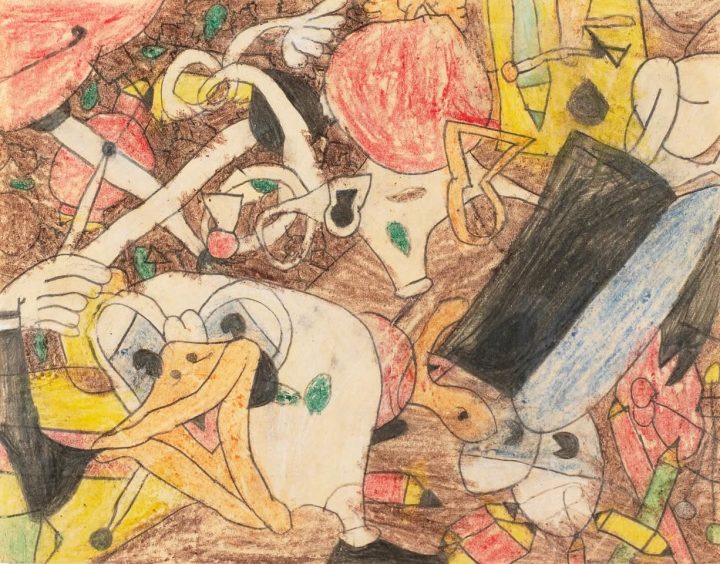 Susan Te Kahurangi King, Untitled, c. 1958–59. Crayon and graphite on paper, 5 3/4 x 7 1/2 inches. Courtesy of The Drawing Center
Susan Te Kahurangi King, Untitled, c. 1958–59. Crayon and graphite on paper, 5 3/4 x 7 1/2 inches. Courtesy of The Drawing CenterNicole Rudick’s essay in the catalog includes a quotation from KAWS musing on a possible connection between Jim Nutt and Martín Ramírez, but he needn’t wonder, as a major connection is a matter of public record: according to art historian Antonia Pocock’s biographical sketch of Ramirez on the National Gallery of Art website, “In 1968 artist Jim Nutt encountered Ramírez’s drawings among [psychology professor Tarmo] Pasto’s course materials while teaching at Sacramento State and was impressed by the vivid world they delineate. Together with art dealer Phyllis Kind, Nutt purchased from Pasto a cache of three hundred drawings. Kind’s later exhibitions of Ramírez’s work established its aesthetic and commercial value, recontextualizing it within the burgeoning field of “outsider art.” Dubuffet famously gave a lecture in Chicago in 1958 that inspired the proto-Imagist Monster Roster (including Westermann), and SAIC professors Ray Yoshida and Whitney Halstead were enthusiasts of self-taught art and encouraged a similar passion in their students (including Nilsson, Nutt, and Wirsum). KAWS continues this tradition, and the show featured incredible selections of drawings by Ramírez as well as those of many other self-taught artists. Some of particular interest from a cartooning perspective include Susan Te Kahurangi King’s wildly expressive treatments of classic characters such as Donald Duck and Woody Woodpecker pressed into inventive spatial contortions; Simone Johnson’s ever-alert bodega cats guarding cans of Goya beans and Cafe Bustelo coffee; Yuiciro Ukai’s riotous parades of yokai, dinosaurs, samurai, and manga characters; and Nicole Appel’s dense, off-kilter grids of meticulously drawn brightly-colored printed ephemera.
 Installation View, The Way I See It: Selections from the KAWS Collection, The Drawing Center, New York. October 10, 2024 – January 19, 2025. Photo: Jason Schmidt, courtesy of The Drawing Center
Installation View, The Way I See It: Selections from the KAWS Collection, The Drawing Center, New York. October 10, 2024 – January 19, 2025. Photo: Jason Schmidt, courtesy of The Drawing CenterThe Zap generation of underground cartoonists was represented by Robert Crumb and Rick Griffin. Griffin’s inclusion allows for empirical confirmation of the influence of Zap on artist Martin Wong, who grew up in the Bay Area but later came to prominence making paintings documenting Lower Manhattan in the 1980s, and whose short-lived Museum of American Graffiti is an important precedent for KAWS’s efforts toward collecting and showcasing the art form. And Crumb, here, is the exception that proves the rule about the art world’s marginalization of comics given his blue-chip gallery representation. His works in The Way I See It included a sketchbook from 1979–81—amazing to see in its own right but particularly glorious in this sketchbook-rich show—as well as some of his collaborations with the late great Aline Kominsky-Crumb, which are especially gratifying to see as originals in which each’s handiwork can be savored side-by-side. There are also some cover drawings from Weirdo, ID, and Promethean Enterprises that showcase Crumb’s virtuoso display lettering, of doubtless interest to an artist with a background in graffiti like KAWS.
 Lee Quiñones, Hagar the Horrible, 1978. Alcohol marker and spray paint on Strathmore drawing paper, 12 x 18 inches. Courtesy of The Drawing Center.
Lee Quiñones, Hagar the Horrible, 1978. Alcohol marker and spray paint on Strathmore drawing paper, 12 x 18 inches. Courtesy of The Drawing Center.Graffiti has existed for centuries, but the black books of graffiti writers in the KAWS collection are from a generation of New York artists active in the 1970s and 80s, who gained fame and notoriety by covering subway cars in elaborate paintings in what Jeff Chang has characterized as the visual arm of a broader hip hop culture, born in the Bronx and rising to global dominance over the last few decades. The formal affinity this work shares with cartooning is immediately apparent in animated letterforms featuring dramatic tapers, flourishes, extrusions, and drop shadows. The compositions are also often peopled with cartoon characters—in Lee Quiñones’s drawings alone we see appearances by Hagar the Horrible, Mickey Mouse, Dr. Doom, and Spy vs Spy. The overwhelming impression this group of drawings gives is that of a generation of artists who grew up drawing from comics and cartoons before they began dreaming of spray painting subway cars, and in collecting and exhibiting this work KAWS does us and the field of art history a service, providing a deep look into the creative genesis of late 20th century graffiti while resisting the temptation to try to force it into White Elephant forms more amenable to the institution—no tags scrawled across stretched canvases, for instance.
Muppets featured in many of the works on view (see Quiñones’s anarchic Fabulous Ave, for example), and a Muppet is, of course, a puppet with cartoon features born of similar material contingencies to those of comics and animation—they are designed to be legible for television broadcasts as opposed to intimate live theater performances. The cartooniness of Joyce Pensato’s Elmo drawing is less a function of her drawing style than it is of her subject. Her work can be thought of as a kind of modern art from an alternate timeline in which Cezanne could have had Muppet dolls as still life subjects instead of apples—with the trajectory to the work of Franz Kline and Pensato’s mentor, Joan Mitchell, adjusted accordingly.
Alternate timelines like this proliferate in The Way I See It. Cartooning has often been treated as a kind of virus against which the fine art must inoculate itself, but here we see its influence coursing through a diverse group of bloodlines of recent art, giving lie to the conventional march of contemporary art history encoded in mainstream institutions and publications—the good work of Dan Nadel and a handful of others notwithstanding.
Whereas most art history tells the story of art as a series of successive foreclosures of possibility in an increasingly exhausted set of mediums, KAWS’s openhearted collection presents another view—a vision of art history from the point of view of the artist, not the art historian or curator. Here, the artist sits in the middle—not the end—of history, nestled (on a couch, of which two are included!) within a complex, democratic, and anti-hierarchical map of influence peopled by cartoonists, illustrators, graffiti writers, and self-taught-artists alongside sympathetic blue-chip art world insiders like Mike Kelley, Raymond Pettibon, Ed Rushcsa, and even Picasso. There is no claim to being exhaustive or definitive and no obligation to bow to the shibboleths of art history. There is simply this miracle a collection, in which KAWS is firmly in the middle of an incredible kaleidoscopic constellation of artists—but for a few glorious months at the Drawing Center, he opened it up for you and me to be there in the middle, too.
 Joyce Pensato, Untitled, c. 1990. Charcoal on paper, 20 1/2 x 30 inches, courtesy of The Drawing Center
Joyce Pensato, Untitled, c. 1990. Charcoal on paper, 20 1/2 x 30 inches, courtesy of The Drawing Center





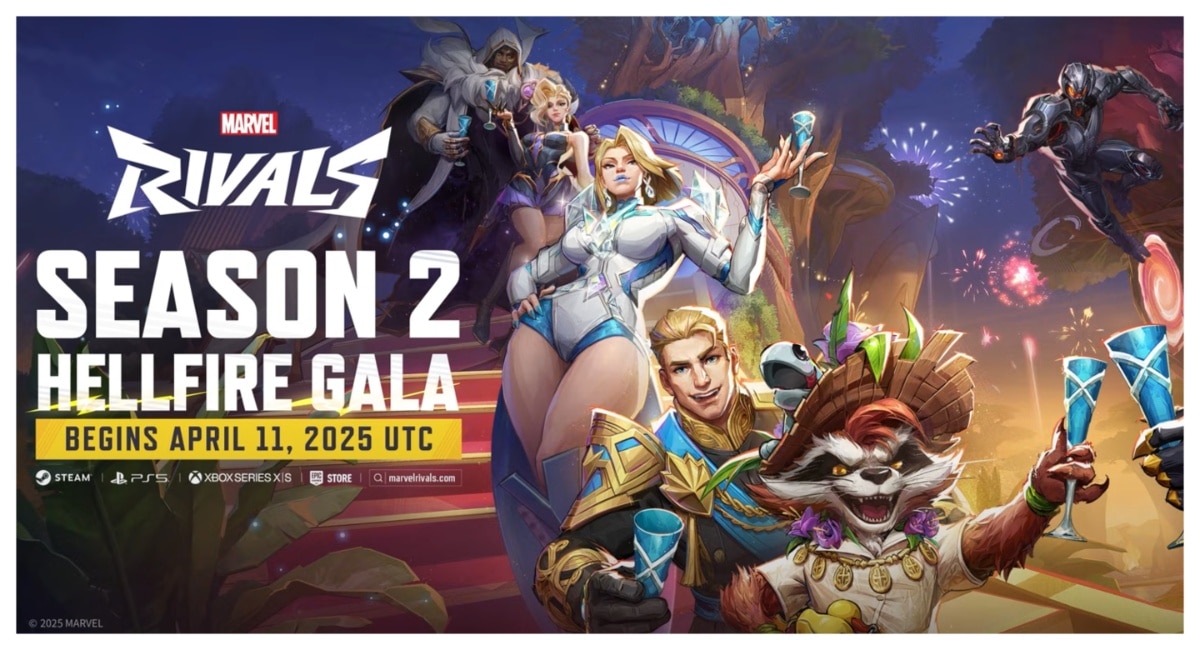
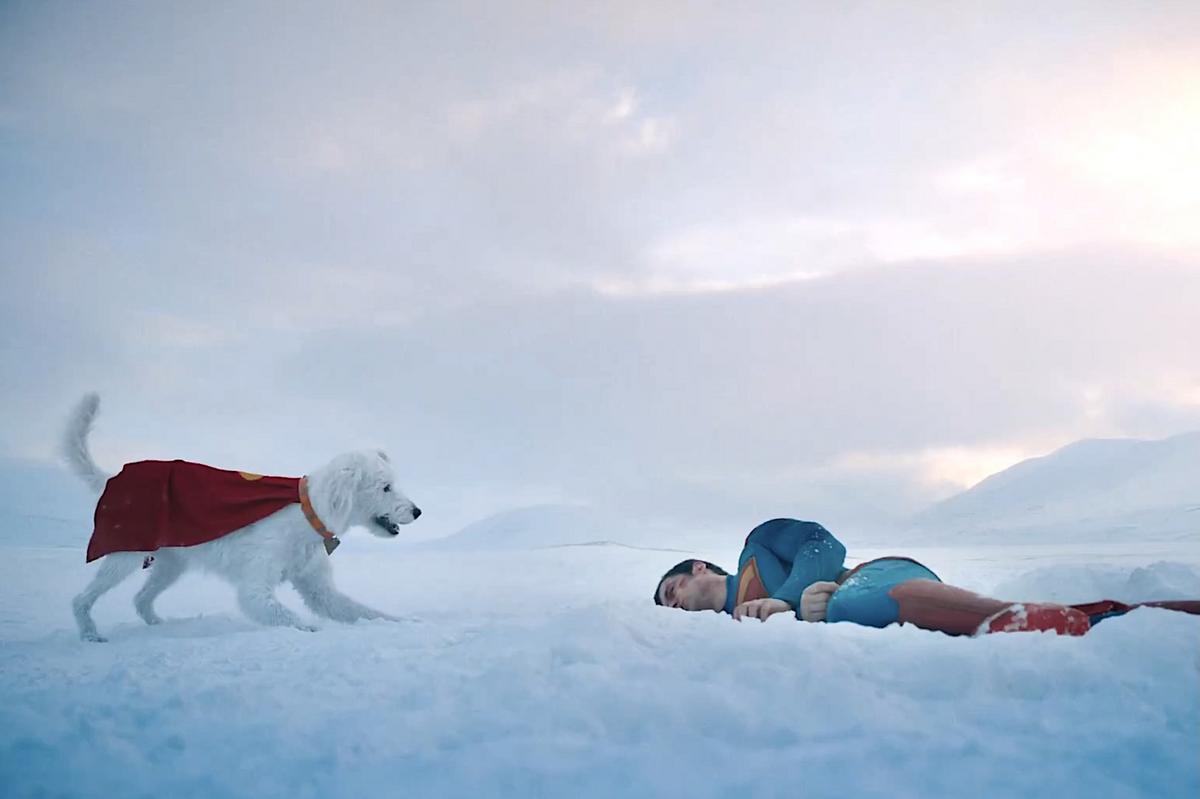

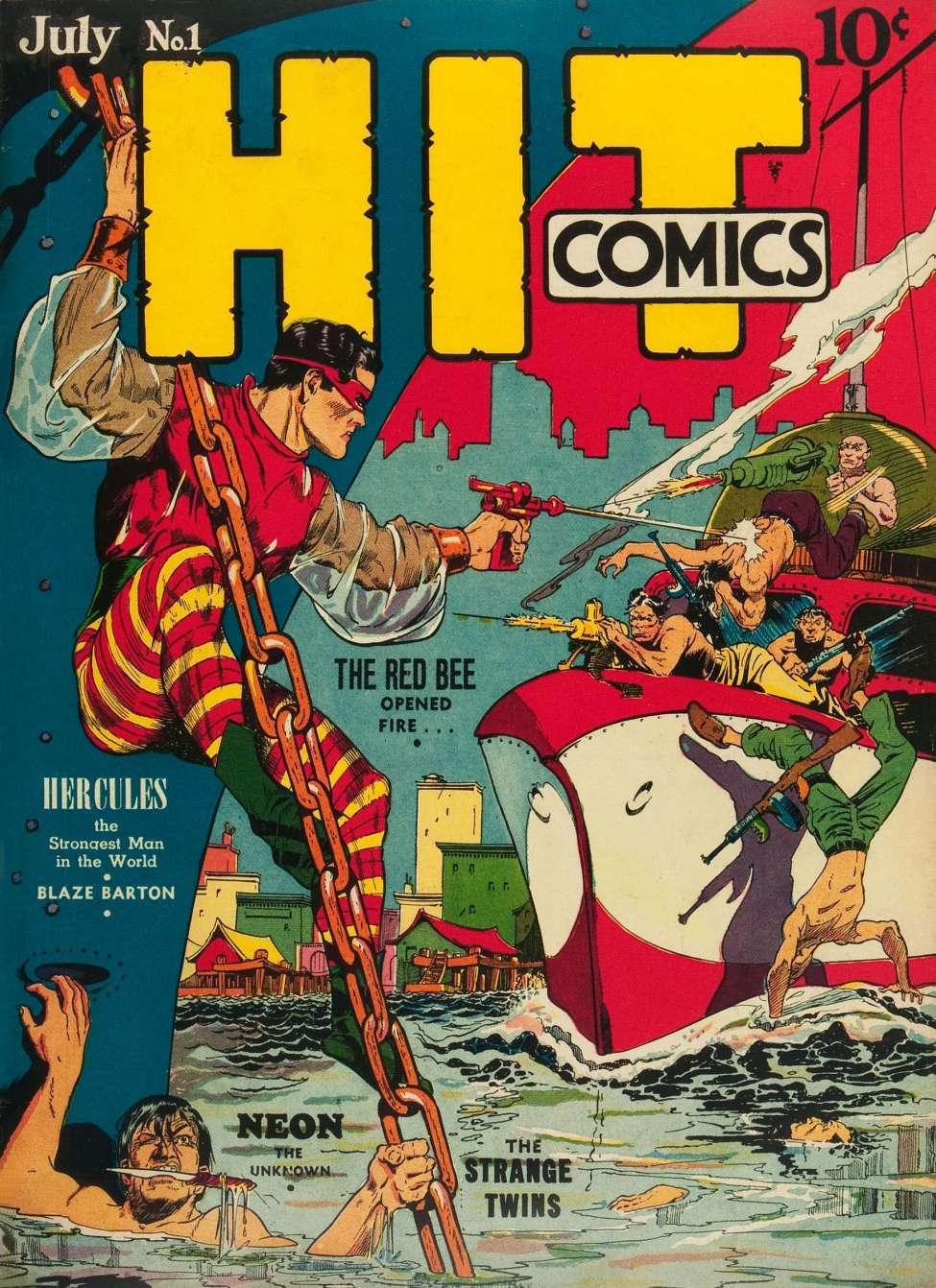

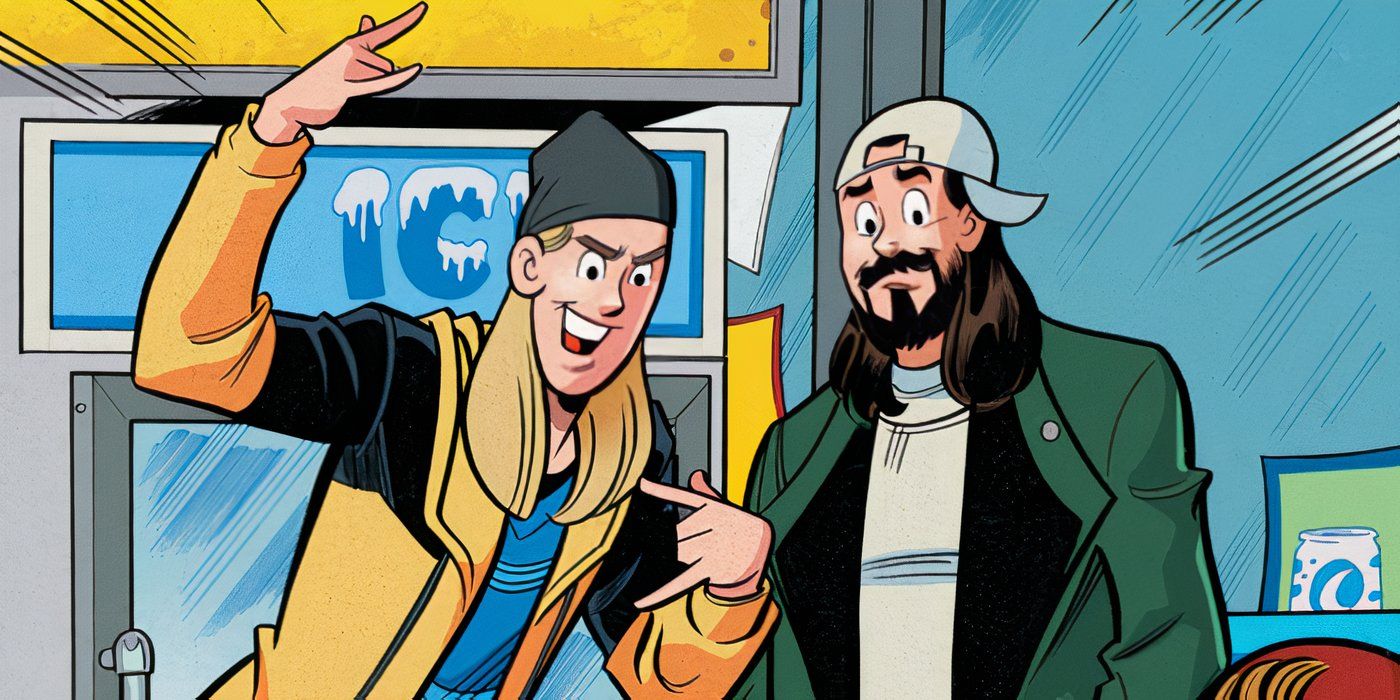


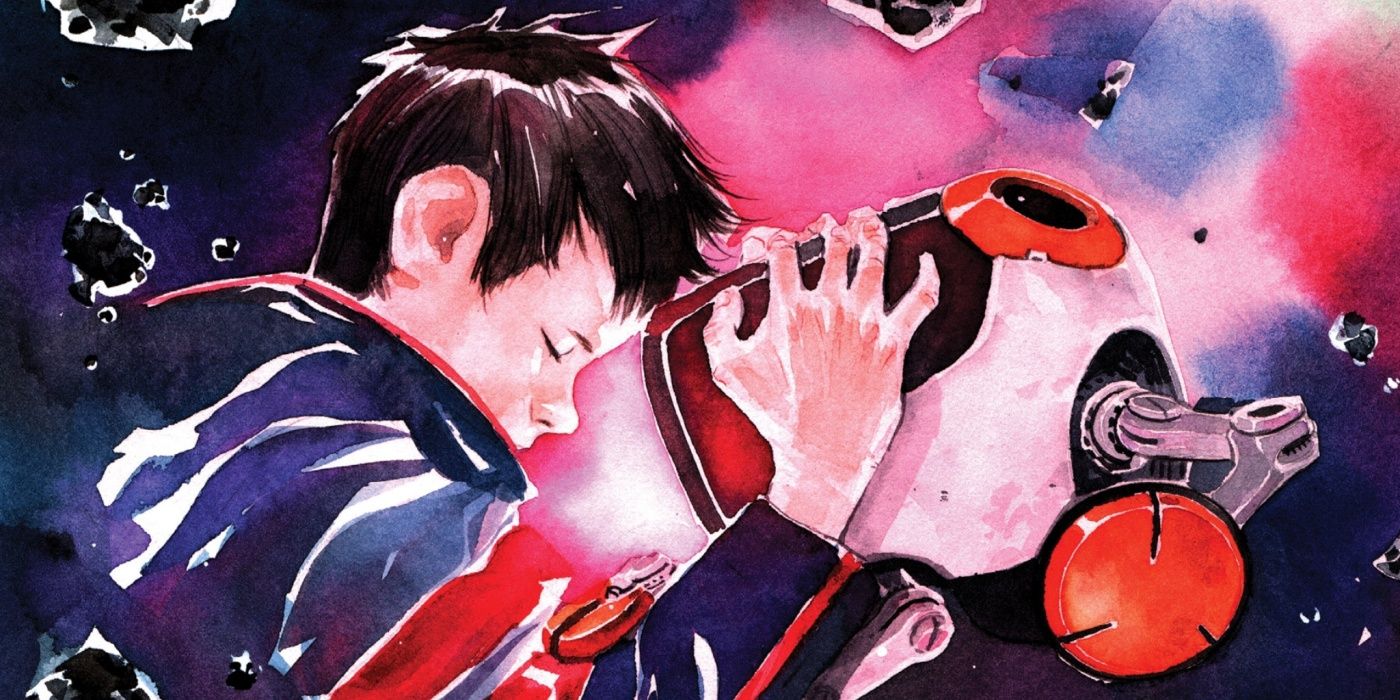

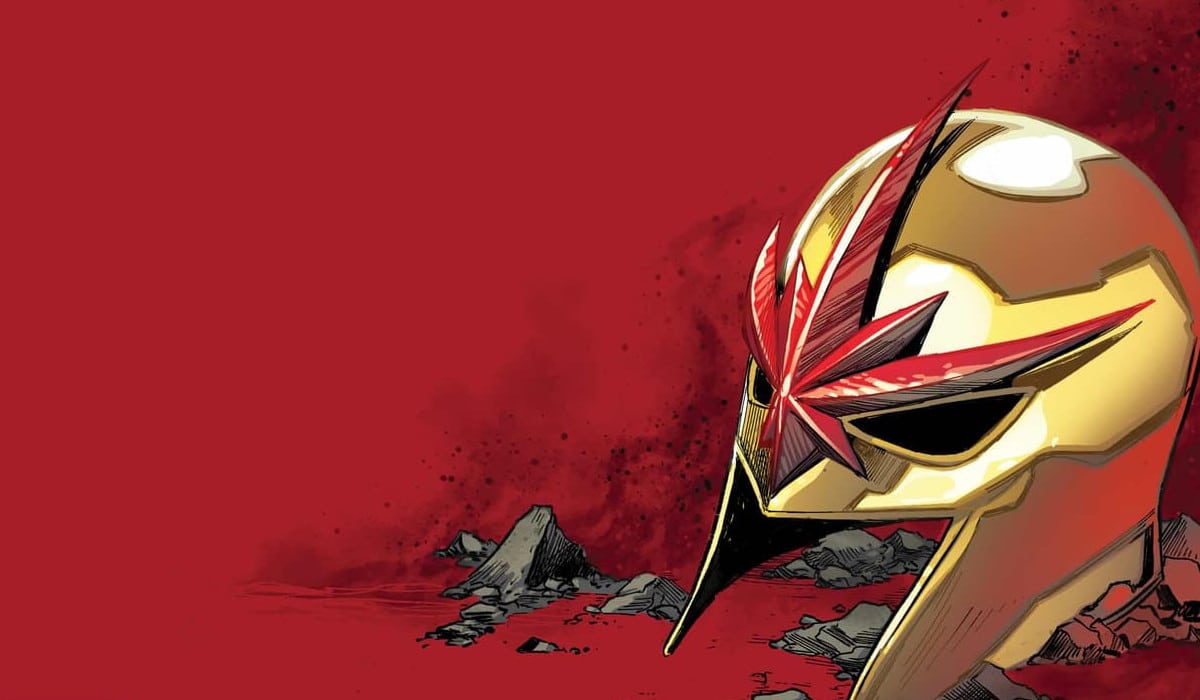
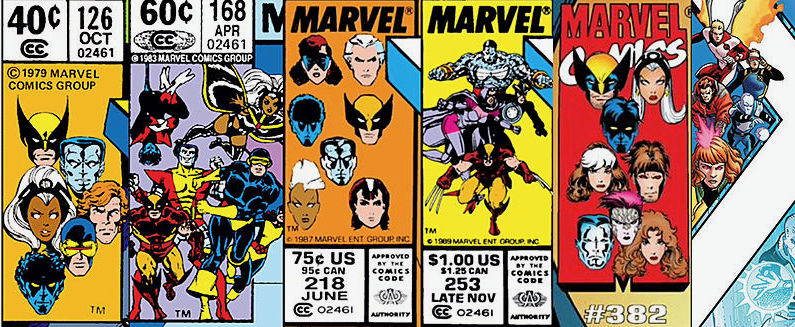


 English (US) ·
English (US) ·